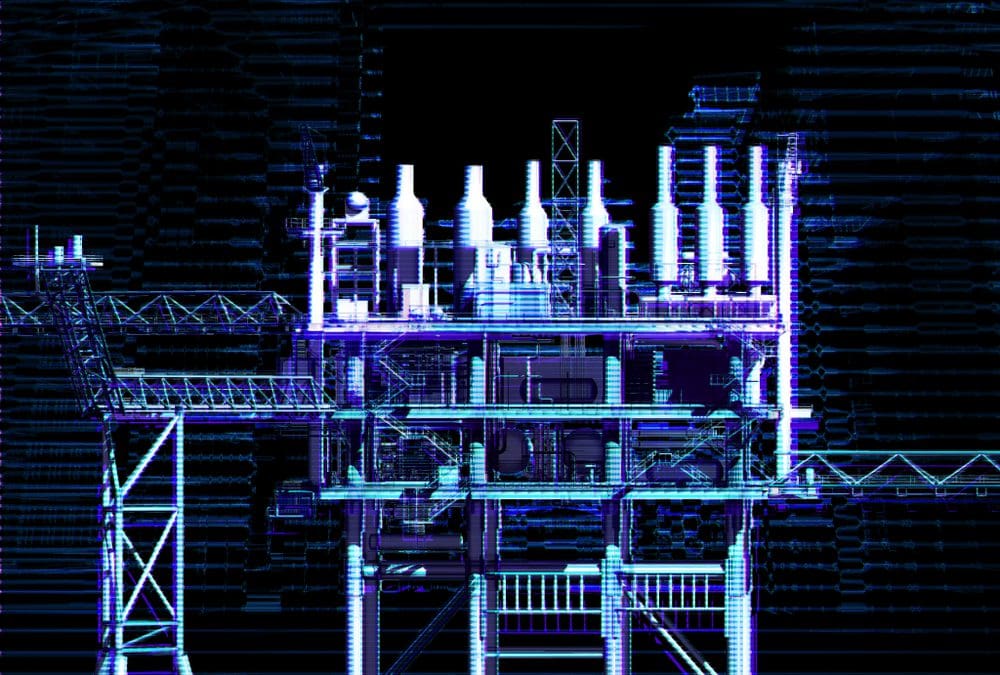Oil and gas companies spend millions of dollars on training new employees and contract workers to meet safety standards, according to GlobalData, a leading data and analytics company.
The company’s latest report ‘Virtual Reality in Oil & Gas – Thematic Research’ reveals how virtual reality (VR) and 3D simulations allow employees to interact with the facility equipment and experience possible emergency situations in a safe environment.
Listed below are the leading VR trends in oil and gas, as identified by GlobalData.
Simulation of Oil and Gas Operations
VR provides an immersive experience to the user by creating a 3D simulation of real-world environments. Simulation of real-world scenarios provides data on important parameters in oil and gas operations that can be useful in evaluating the performances of different processes beforehand.
VR allows companies to create a digital twin to replicate the performance of an oilfield, refinery, or any other operational unit on a virtual platform. This helps in minimizing risks and costs associated with new process implementation in oil and gas operations.
Oilfield Surface Terrain Analysis
VR plays an important role in creating 3D views of subsurface geological structures. VR can replicate subsurface reservoirs, structural faults, and other geologic formations to create 3D digital models. This technology benefits geologists, geophysicists, and engineers to better understand the topography for identifying potential hydrocarbon reserves and accurately planning drilling operations.
Conducting Training Programs
Training in the oil and gas industry is one of the major areas where virtual reality has gained wide adoption. VR technology can create 3D walkthroughs of real-world locations, including oil and gas assets. This helps in conducting training programs using immersive 3D models to help in enhancing understanding of different systems and processes in use in the industry.
VR technologies also help field operators in improving the understanding of safety procedures and responding to emergency situations. The use of VR headsets and smart clothing can help in recreating an immersive model of an actual production facility along with the right set of environmental conditions to improve the alertness quality of the operators.
Testing and Inspection of Processes
VR is being used to increase the efficiency of inspection and maintenance activities through data-driven simulation and modeling. The technology helps to integrate historical data with real-time information to identify maintenance requirements and guide technicians on the tasks to be executed to prevent an impending breakdown. This involves step-by-step instructions on locating the defective part and repairing or replacing it, thus minimizing the time required in execution of the maintenance activity.
Product Design and Manufacturing
VR offers new possibilities in the domain of product development. Digital designs simulated by 3D rendering are tested for results even before reaching the manufacturing stage. VR, integrated with 3D printing, can develop multiple prototypes at rapid speed. VR technology reduces the turnaround time for the development of critical oil and gas equipment by accelerating the product design process.
Disaster Management Using Virtual Reality
Field technicians in the oil and gas industry work under harsh environmental conditions and are susceptible to hazardous gases and chemicals. VR has the potential to train employees to deal with emergency responses by creating simulation of real-world scenarios.
Digital Twin with VR
Connected devices and internet of things (IoT) are transforming oil and gas operations across the value chain. Companies are connecting sensors on equipment and infrastructure to gather as much data as possible about plant operations for improved visibility and decision-making. The digital twin is one such use case of IoT that empowers companies to visualize plant operations in an immersive environment using VR. It replicates plant processes in the virtual world and helps to identify potential problem areas and devise plans to overcome them.
About GlobalData
4,000 of the world’s largest companies, including over 70% of FTSE 100 and 60% of Fortune 100 companies, make more timely and better business decisions thanks to GlobalData’s unique data, expert analysis and innovative solutions, all in one platform. GlobalData’s mission is to help our clients decode the future to be more successful and innovative across a range of industries, including the healthcare, consumer, retail, technology, energy, financial and professional services sectors.





